In pics: NATO bombing scars in Belgrade
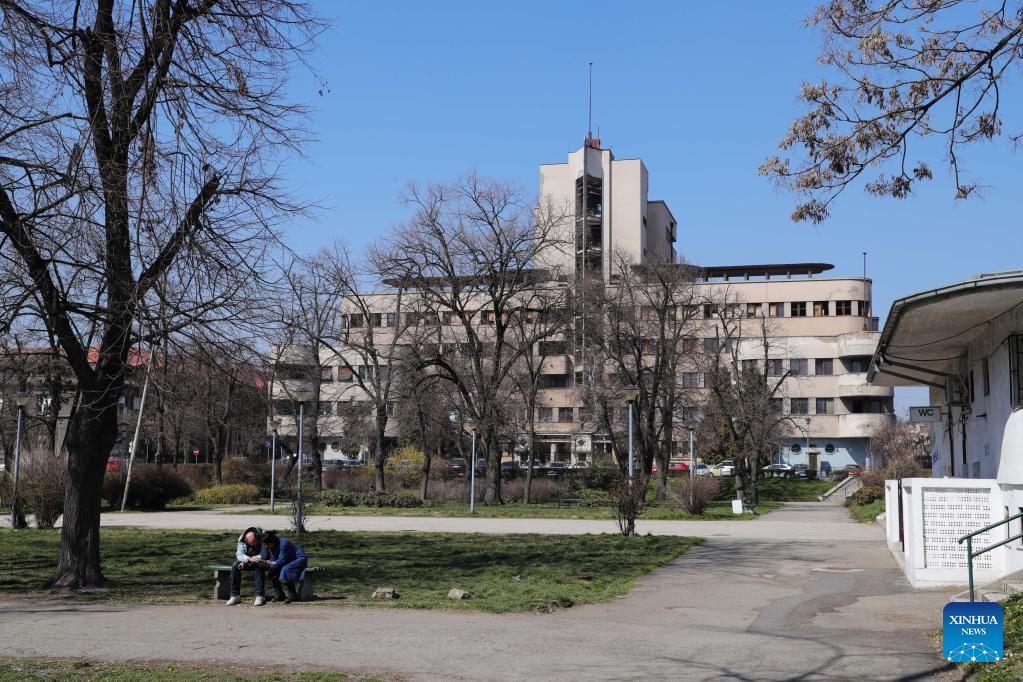
People sit on a bench near the bombed Command Building of Yugoslav Air Force in Belgrade, Serbia, March 21, 2022. In Belgrade, there are many scars left by the NATO bombings. The NATO bombings of Yugoslavia started on March 24, 1999. During the 78-day military attack, 2,500 civilians were killed, and around 25,000 objects were damaged, including airports, hospitals, schools, cultural monuments and road infrastructure, according to the Serbian government. (Xinhua/Zheng Huansong)
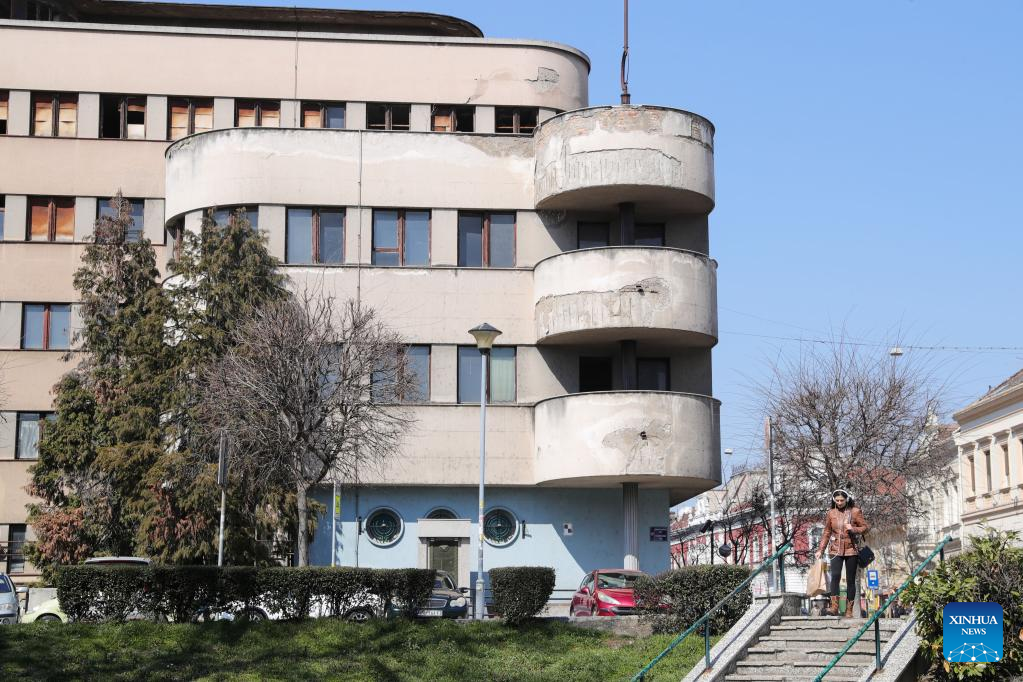
A woman passes the bombed Command Building of Yugoslav Air Force in Belgrade, Serbia, March 21, 2022. In Belgrade, there are many scars left by the NATO bombings. The NATO bombings of Yugoslavia started on March 24, 1999. During the 78-day military attack, 2,500 civilians were killed, and around 25,000 objects were damaged, including airports, hospitals, schools, cultural monuments and road infrastructure, according to the Serbian government. (Xinhua/Zheng Huansong)
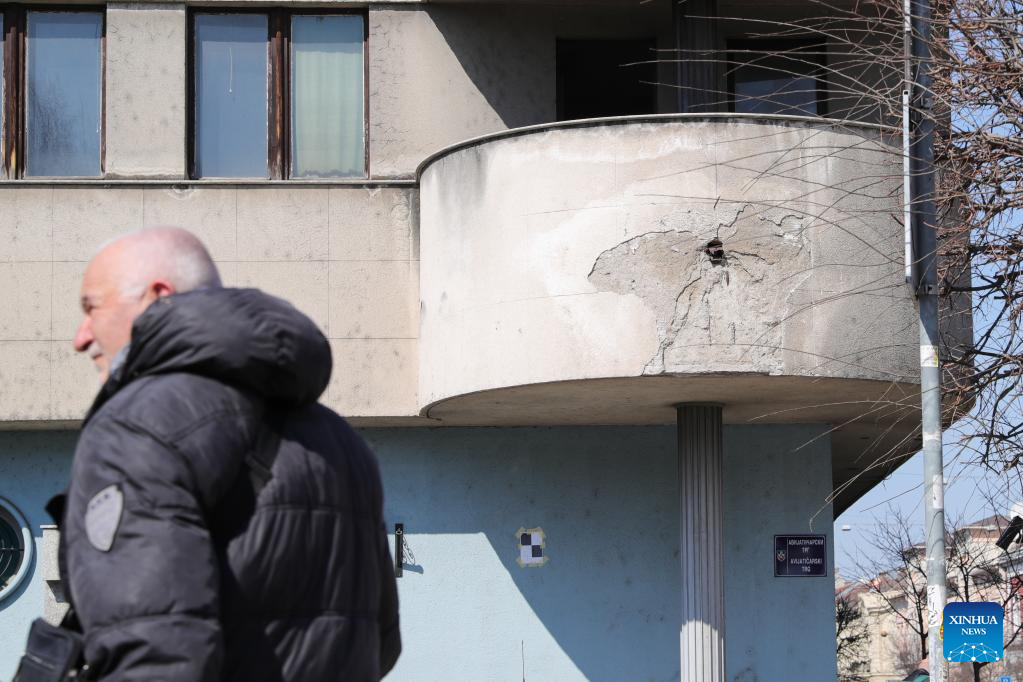
A man passes the bombed Command Building of Yugoslav Air Force in Belgrade, Serbia, March 21, 2022. In Belgrade, there are many scars left by the NATO bombings. The NATO bombings of Yugoslavia started on March 24, 1999. During the 78-day military attack, 2,500 civilians were killed, and around 25,000 objects were damaged, including airports, hospitals, schools, cultural monuments and road infrastructure, according to the Serbian government. (Xinhua/Zheng Huansong)
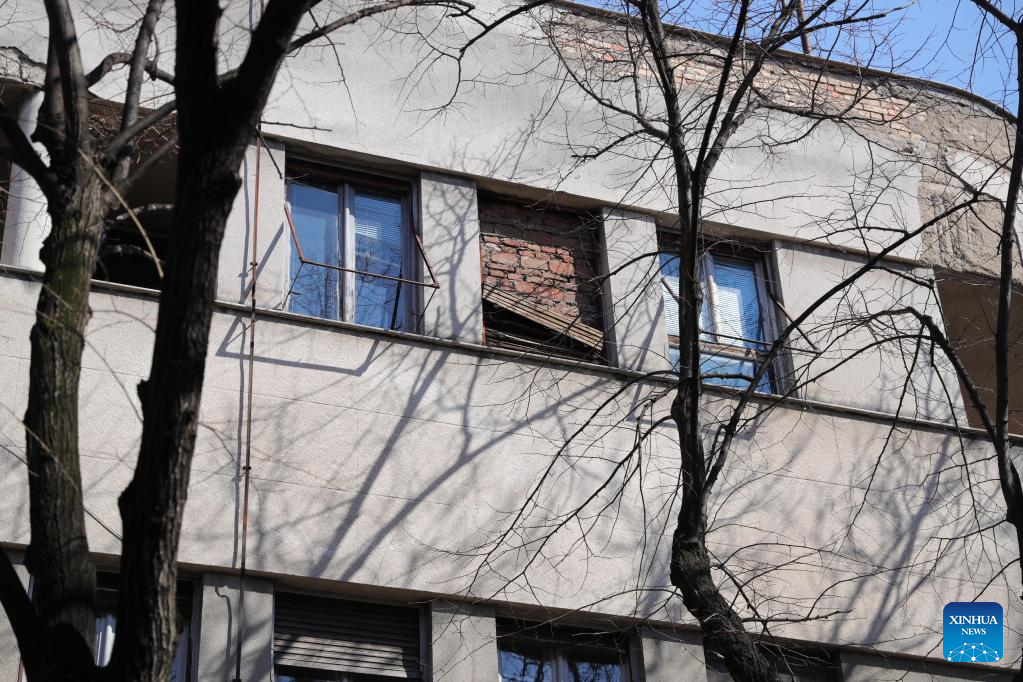
The bombed Command Building of Yugoslav Air Force is seen in Belgrade, Serbia, March 21, 2022. In Belgrade, there are many scars left by the NATO bombings. The NATO bombings of Yugoslavia started on March 24, 1999. During the 78-day military attack, 2,500 civilians were killed, and around 25,000 objects were damaged, including airports, hospitals, schools, cultural monuments and road infrastructure, according to the Serbian government. (Xinhua/Zheng Huansong)
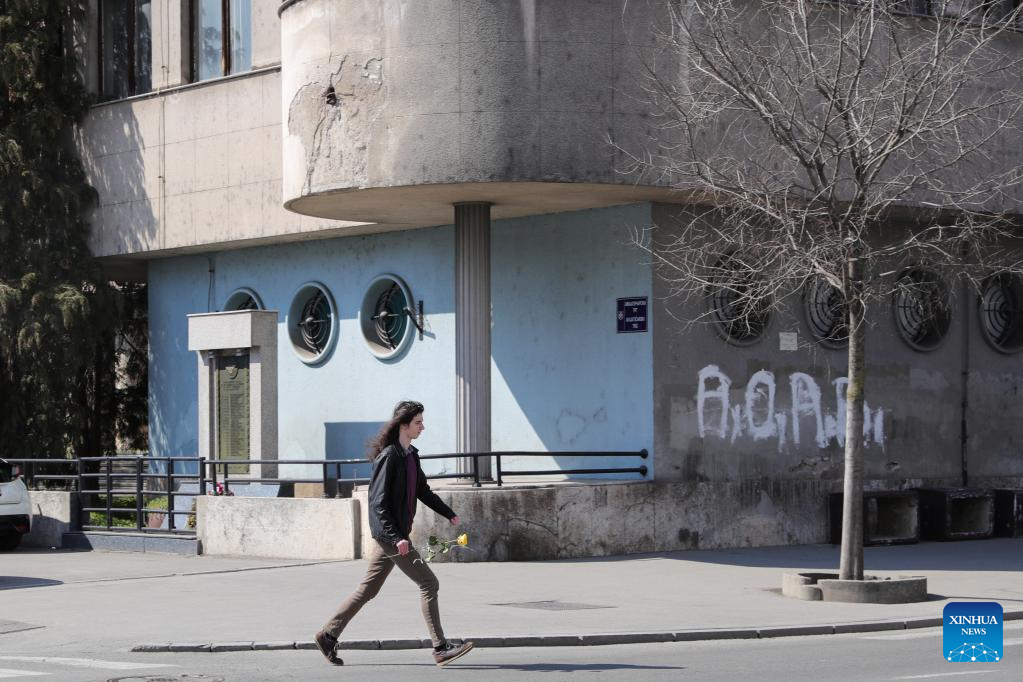
A man with a flower in his hand passes the bombed Command Building of Yugoslav Air Force in Belgrade, Serbia, March 21, 2022. In Belgrade, there are many scars left by the NATO bombings. The NATO bombings of Yugoslavia started on March 24, 1999. During the 78-day military attack, 2,500 civilians were killed, and around 25,000 objects were damaged, including airports, hospitals, schools, cultural monuments and road infrastructure, according to the Serbian government. (Xinhua/Zheng Huansong)
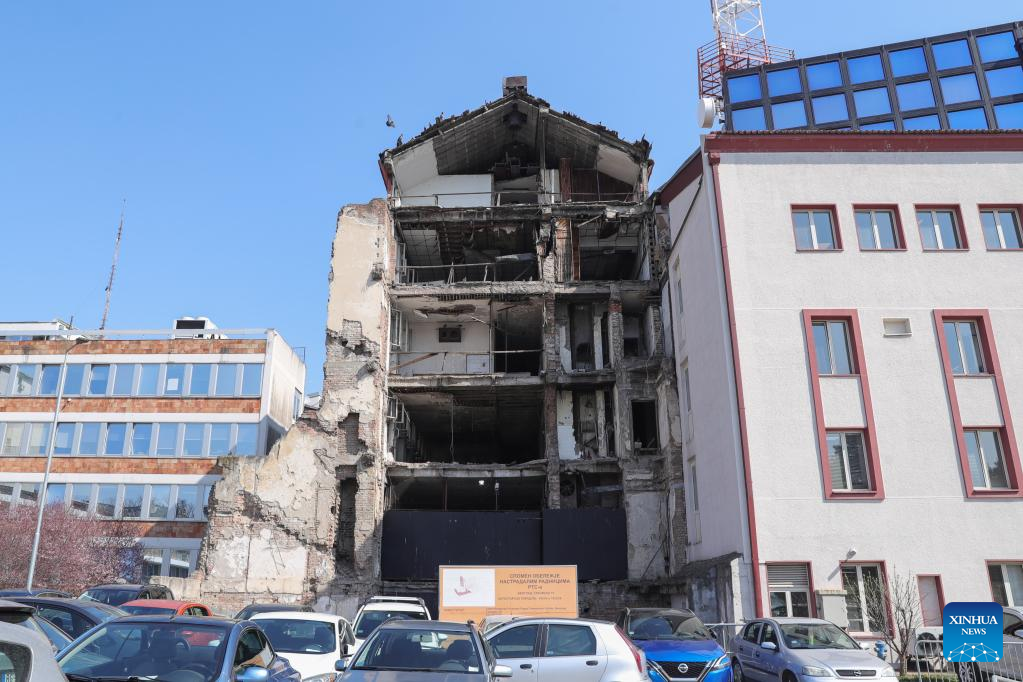
The bombed Radio Television Serbia (RTS) building is seen in Belgrade, Serbia, March 21, 2022. In Belgrade, there are many scars left by the NATO bombings. The NATO bombings of Yugoslavia started on March 24, 1999. During the 78-day military attack, 2,500 civilians were killed, and around 25,000 objects were damaged, including airports, hospitals, schools, cultural monuments and road infrastructure, according to the Serbian government. (Xinhua/Zheng Huansong)
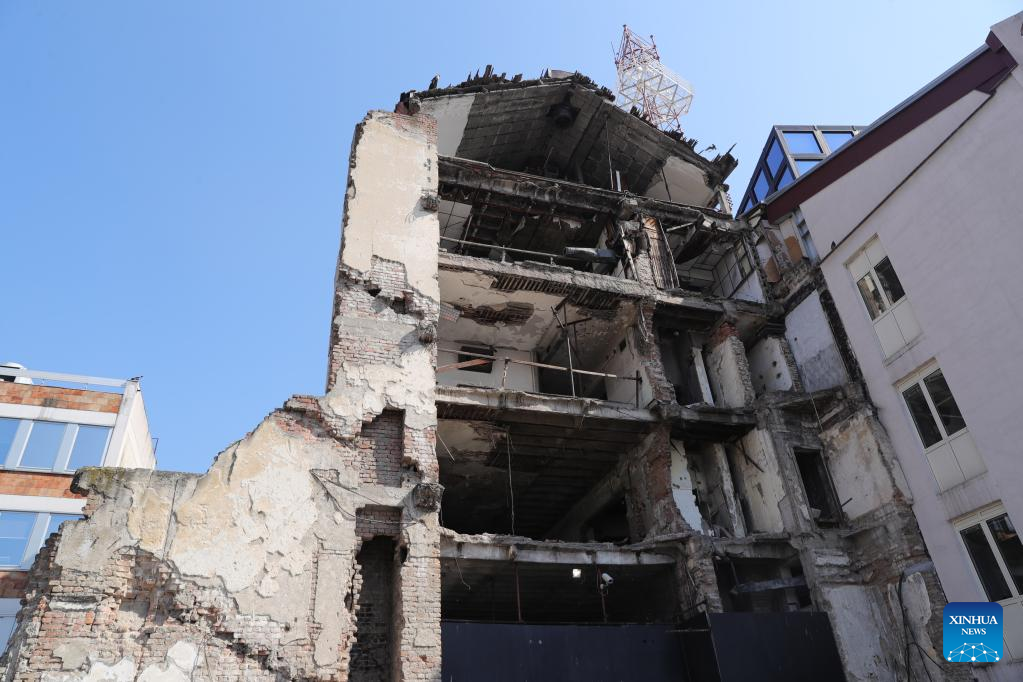
The bombed Radio Television Serbia (RTS) building is seen in Belgrade, Serbia, March 21, 2022. In Belgrade, there are many scars left by the NATO bombings. The NATO bombings of Yugoslavia started on March 24, 1999. During the 78-day military attack, 2,500 civilians were killed, and around 25,000 objects were damaged, including airports, hospitals, schools, cultural monuments and road infrastructure, according to the Serbian government. (Xinhua/Zheng Huansong)
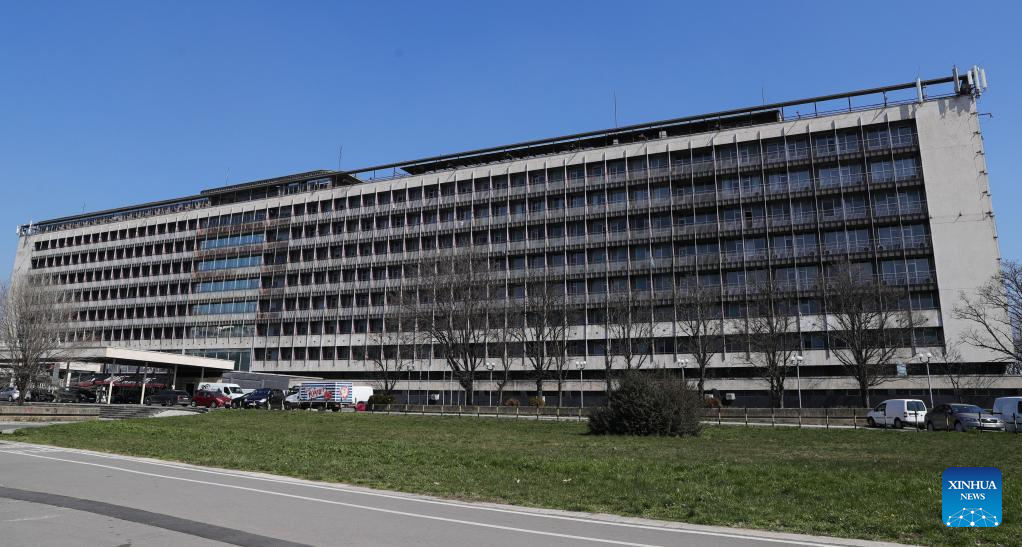
The Hotel Jugoslavija, which was bombed and now is open for business, is seen in Belgrade, Serbia, March 21, 2022. In Belgrade, there are many scars left by the NATO bombings. The NATO bombings of Yugoslavia started on March 24, 1999. During the 78-day military attack, 2,500 civilians were killed, and around 25,000 objects were damaged, including airports, hospitals, schools, cultural monuments and road infrastructure, according to the Serbian government. (Xinhua/Zheng Huansong)
Photos
Related Stories
- Experts, citizens from various countries criticize West's double standards in opposing war
- U.S., NATO hold key to solving Ukraine crisis: FM spokesperson
- NATO countries use Ukraine crisis to pursue militaristic projects: report
- NATO chief stresses diplomatic efforts to solve Ukraine crisis
- NATO allies boost military, practical support to Ukraine
Copyright © 2022 People's Daily Online. All Rights Reserved.










